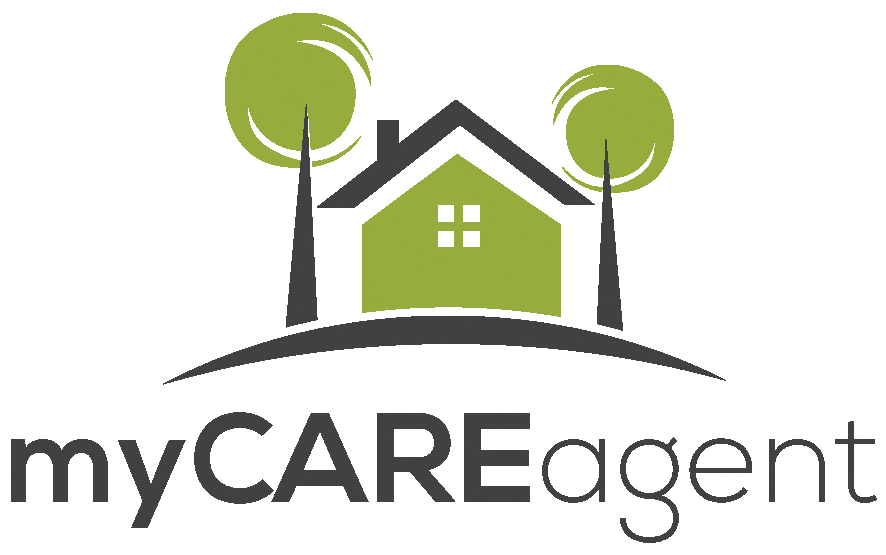
The home buying process is not one to enter lightly. Start planning early for your new home to avoid unexpected hang-ups and frustration. If your goal is to own a home in the next year, here is your preparation timeline:
12 Months Out
Check your credit score. If you are applying for a loan, they will definitely check your credit score. A Federal Trade Commission study found that one in four Americans identified errors on their credit report, and 5% had errors that could lead to higher rates on a loan. Reviewing your credit history early is important in case there are any errors that are affecting your score, which can often take some time to resolve.
There are many resources online where you can obtain your credit report, such as FreeCreditReport.com, and AnnualCreditReport.com. The three credit bureaus (Equifax, Experian, and TransUnion) are required to give you a free credit report once a year.
Determine how much you can really afford. Lenders are happy to lend you as much as your debt load allows. Lenders look for a total debt load of no more than 43% of your gross monthly income, which includes your future mortgage and any other debts, such as a car loan, student loan, or revolving credit cards.
Make an honest assessment of your income, debt, and lifestyle. There are plenty of calculators on the web to help you determine what you can afford. If you’re pushing the limits, start reducing your DTI now.
Make a down payment plan. Most conventional mortgages require a 20% down payment. If you can swing it, do it. A larger down payment will keep your monthly payments low, score you a better interest rate, and avoid added insurance premiums.
If you can’t wait to save that much cash, there are other programs, which offer a lower down payment. FHA mortgage loans only require a 3.5% down payment and have really good interest rates. But any loan with less than a 20% down payment will require private mortgage insurance; an additional fee tacked on to your monthly bill.
The U.S. Department of Urban Housing and Development (HUD) provides a list of home buying programs available in California. Also check with credit unions, and some employers even have assistance programs.
As you are planning your savings strategy, remember there will also be closing costs which can be 1-3% of the purchase price. Also keep in mind that lenders like you to “season” you money, meaning they like to see you’ve had stable funds in your account for at least 60-90 days before applying for your loan. Don’t worry, gift funds from family or friends are acceptable, but check with your lender before receiving any funds to see how they would like the transfer to be handled.
9 Months Out
Prioritize the aspects of your new home. What’s most important? Proximity to work? Walkabiity? A big kitchen? A quiet street? This is the time to lay out all your hopes and dreams and then pick the few things that you just can’t live without. If you are buying with a partner, this is a good time to discuss any differences and decide what you are willing to compromise on.
Research neighborhoods and attend open houses. This is where the fun begins. Visiting open houses will give you an idea for different areas and the homes in your price range. You can use online home search sites such as Realtor.com to find homes in your target area and see open house information. Most sites will also have additional information about the neighborhood, school system, public transport, and cost of living. Visiting homes will also give you motivation to stick to your savings plan!
Start a home maintenance account. Now that you’ve had a good look at your credit and are getting a handle on your finances, start anticipating what your future monthly budget will look like. Many new homeowners forget to factor in expenses beyond their mortgage payment. Most lenders will give you a monthly mortgage estimate that includes property taxes and homeowner’s insurance, but your expenses don’t stop there. Be sure to include funds in your budget for regular home maintenance and unexpected repairs. Many experts recommend allocating 2% of your home’s value to maintenance costs per year.
6 Months Out
Collect your loan paperwork. Lenders require a lot of financial verification when applying for a mortgage loan. Save yourself some time, stress, and frustration by collecting your documents in advance to help the application process run more smoothly. Lenders will generally ask for the following documents:
- W-2 forms — or business tax return forms if you’re self-employed — for the last two to three years
- Personal tax returns for the past two to three years
- Your most recent pay stubs
- Credit card and all loan statements
- Your bank statements
- Addresses for the past five to seven years
- Brokerage account statements for the most recent two to four months
- Most recent retirement account statements, such as 401(k)
An added bonus: looking over these documents will help you stay focused on your budget and savings plan.
Research lenders and REALTORS®. Start interviewing local REALTORS®, particularly buyer’s agents, to find someone you are comfortable with and who will work well for you. A buyer’s agent will work in your best interest to find you the right property, negotiate with the seller’s agent, and shepherd you through the closing process. Your agent also can be instrumental in finding a lender who’s familiar with first-time home buyer programs.
It’s important to visit a few lenders and compare rates. A good mortgage broker is a great resource as they will shop around for you and can often secure better rates with lenders than you would on your own.
3 Months Out
Get pre-approved. When you’re ready to work with a lender, the first step is to get pre-approved. This is the initial review of your finances, and the lender will give you a maximum loan amount that they are willing to lend. It often makes sense to borrow less than the maximum your lender allows so you can live comfortably. Refer back to your budget and stick to it.
Pre-approval is also important when you begin looking for homes in earnest. Usually, a seller likes to see the preapproval letter along with you offer. At the very least, it will strengthen your offer and give you the best chance of getting it accepted.
Start shopping for your new home! You’ve seen a lot of houses by now, you know the neighborhood you want to live in, your finances are all lined up and you have a preapproval letter in hand. You’re ready to buy a house! Work with your buyer’s agent to target homes that meet your priorities and price range. Don’t waste your time looking at homes you can’t afford.
2 Months Out
Make an offer. It takes a minimum of 45 days to close escrow on a home purchase, and that’s if there are absolutely no hiccups. Have patience and don’t set any firm move-out dates until you have a confirmed closing date.
Get a home inspection. In a standard California Purchase Agreement, you have 17 days to inspect the home, but don’t wait until the last minute! After your offer is accepted, the first thing you want to do is get the home inspected by a licensed home inspector. If there are defects in the house, the inspector might recommend an expert analysis, and requested repairs could delay closing.
Final Month
Review financial and closing documents. You’ve made it to the home stretch! Review your mortgage documents and closing statement carefully to be sure there are no errors. Once you sign off on everything, the deal is done!
Purchase homeowner’s insurance. You will need proof of a homeowner’s insurance policy before the close of escrow.
Schedule utilities. You definitely have a firm move-in date by now. Be sure the power, water, gas, phone, internet, etc., have all been activated in your name so you can move in comfortably.
Do a final walk-through. Within five days of closing, do a final walk-through with your agent to be sure the home is in good condition and any repairs have been made.
Prepare your funds. At closing you will either need a cashier’s check or wire transfer to deliver the funds into escrow. You will get the exact amount due from your escrow holder a few days in advance. Regular checks are not accepted.
Congratulations on your new home!





6 Responses
Seems like I definitely was not the one one that thought buying a house is kind of a hard process to go through, many people think it’s as simple as it sounds, but we already know how it is like. Thank you for sharing.
Before reading this, I never really thought about those things. I always ask questions about the condition of the house and if it needs fixed, they fix it before I close out on it. I never thought to ask about the neighborhood, they wouldnt know. Generally you can tell by the way it looks or do some googling.
This is a great checklist! There is so much that goes into buying a home, and it’s nice to have it all written down in one place. Sometimes it’s easy to think about things to do later, and then when the time comes, you’ve forgotten all about it. Of course, this checklist will vary depending on the individual situation, but it’s a great place to start that covers all the important basics.
Wow house buying is a difficult process but after reading this it definitely seems a lot more doable. Thanks
It definitely is, it is all about knowing what you’re doing and taking the right decision, that’s all.
Like!! I blog frequently and I really thank you for your content. The article has truly peaked my interest.